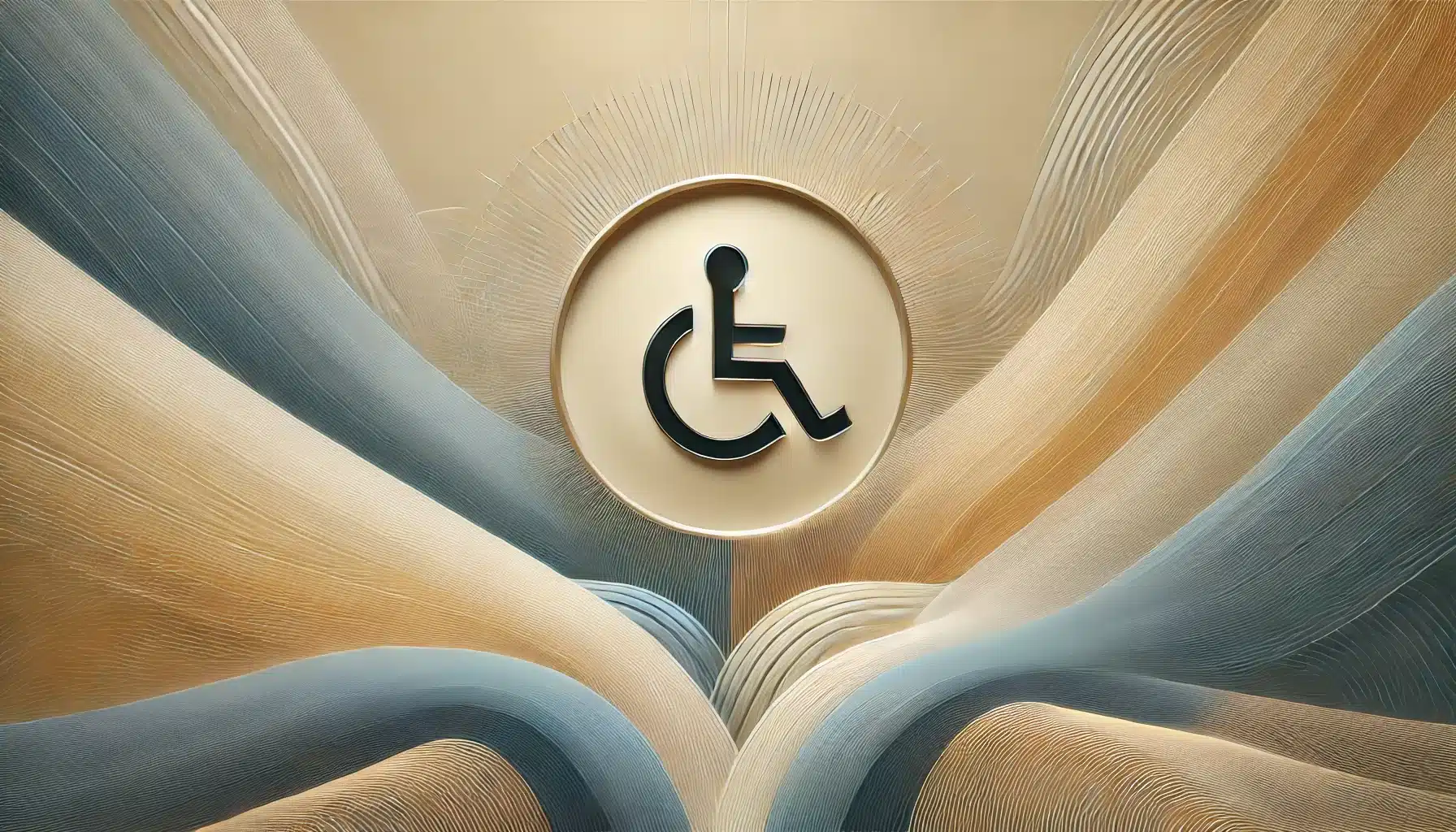What is Global Accessibility Awareness Day?
Global Accessibility Awareness Day (GAAD) is observed annually on the third Thursday of May to promote awareness about digital accessibility and inclusion for people with disabilities. The event highlights the importance of making digital platforms, tools, and technologies accessible to all users, regardless of their abilities.
GAAD encourages designers, developers, usability experts, and the general public to think, learn, and discuss digital access and the barriers that many individuals face when navigating online spaces.
History and Origin
Global Accessibility Awareness Day was founded in 2012 by Joe Devon, a web developer, and Jennison Asuncion, an accessibility professional. The idea started as a blog post by Devon, calling for increased awareness of accessibility issues in technology. The post gained traction, and Asuncion collaborated with him to create an international observance dedicated to accessibility.
Since its inception, GAAD has grown into a global movement, with events, workshops, and initiatives held worldwide to educate people about the need for inclusive digital experiences. Companies, educational institutions, and organizations participate by testing their websites for accessibility, hosting talks, and advocating for better digital inclusion.
Who Observes Global Accessibility Awareness Day?
- Technology companies: Focus on improving the accessibility of their digital products and services.
- Web developers and designers: Learn and implement best practices for accessible design.
- Educational institutions: Host workshops and discussions on accessibility in education.
- Advocacy organizations: Raise awareness about the importance of digital accessibility.
- Government agencies: Work to improve accessibility in public services and digital platforms.
Slogans and Themes
Global Accessibility Awareness Day promotes inclusivity, equal access, and innovation in digital design. The day emphasizes breaking down barriers in technology to ensure that everyone, including those with disabilities, can fully participate in the digital world.
Common slogans include accessibility matters, design for everyone, and digital inclusion for all. These messages reinforce the need to make technology usable for people of all abilities.
Colors, Symbols, and Patterns
Colors
- Blue: Represents trust, stability, and inclusivity in digital spaces.
- White: Symbolizes clarity and simplicity in design.
- Green: Reflects progress and commitment to accessible innovation.
Symbols
- Person using a screen reader: Represents accessibility for individuals with visual impairments.
- Universal access icon: Symbolizes the importance of designing for all users.
- Keyboard and mouse icons: Highlight the need for alternative navigation options for users with motor impairments.
Patterns
- Simple, high-contrast designs: Represent the importance of clarity in digital accessibility.
- Braille-like dot patterns: Reflect support for visually impaired users.
- Equal sign motifs: Symbolize equality and access for all.
Most Used Hashtags
- #GAAD
- #AccessibilityMatters
- #InclusiveDesign
- #DigitalInclusion
- #WebAccessibility
How to Observe Global Accessibility Awareness Day
- Test digital accessibility: Evaluate websites and apps using screen readers, keyboard navigation, and contrast checkers.
- Attend workshops and events: Join discussions on accessibility best practices and innovations.
- Advocate for accessibility: Promote awareness about digital inclusion in workplaces and communities.
- Create accessible content: Ensure that social media posts, videos, and documents follow accessibility guidelines.
- Support organizations working on accessibility: Donate or volunteer with groups that promote digital inclusion.
Why is Global Accessibility Awareness Day Important?
Millions of people worldwide experience barriers when accessing digital content due to disabilities, including visual, auditory, motor, and cognitive impairments. GAAD highlights these challenges and pushes for change by encouraging developers, designers, and organizations to prioritize accessibility in technology.
By raising awareness, GAAD fosters a more inclusive digital world, where everyone, regardless of ability, can navigate, interact, and benefit from online resources and services.
Features
Third Thursday of May: Accessibility Awareness Day
Why do you keep falling for the same type?
Read the article Lovemaps: the hidden blueprint of our love.

